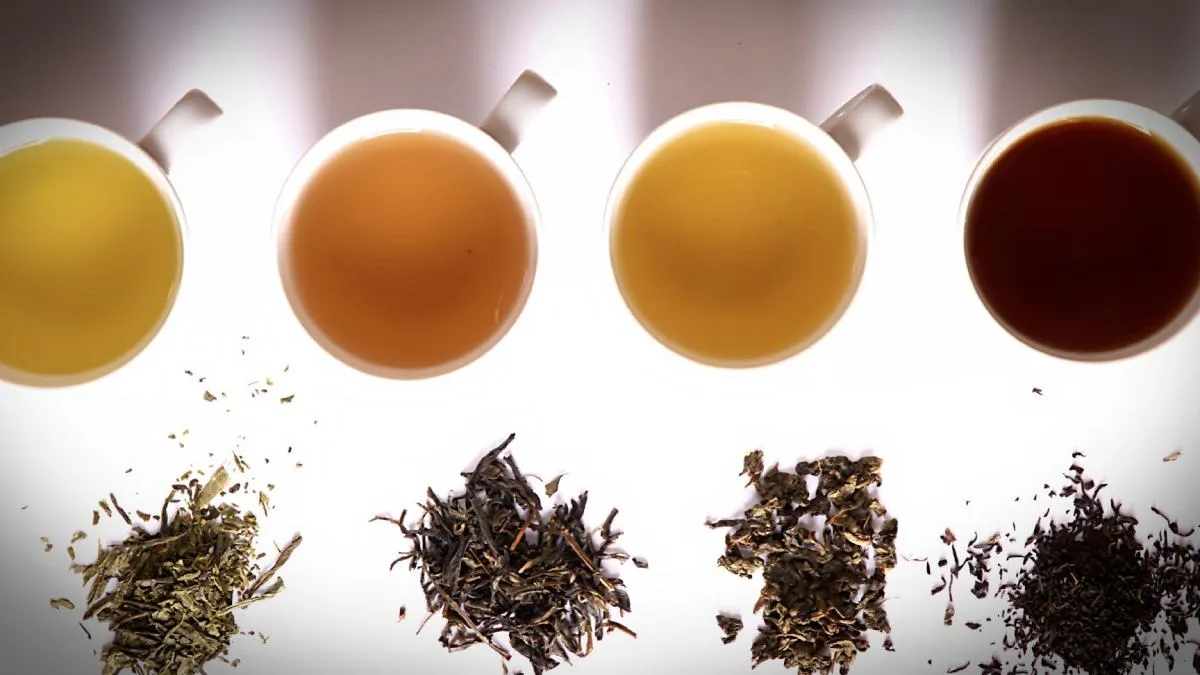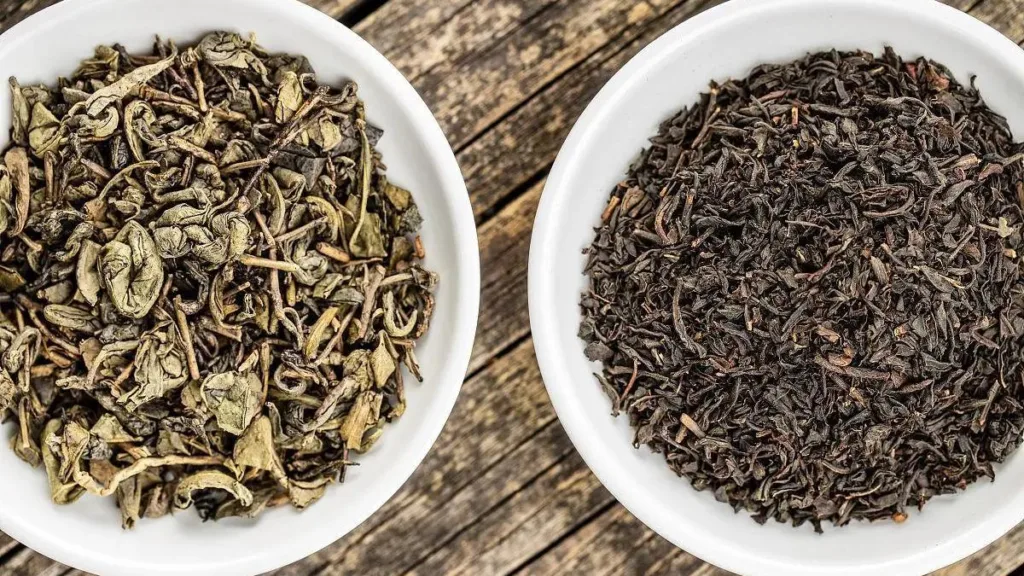Black tea, green tea, and white tea are commonly heard terms, and while most people have a clear understanding of them, some might not have delved into the details. One common question is whether white tea belongs to black tea or green tea. Today, let’s explore the differences among these three types of tea and understand how they are processed.
1. Categories of Chinese Tea:
Chinese teas can be broadly classified into six categories: black tea, green tea, oolong tea (blue-green tea), yellow tea, dark tea, and white tea.
The major distinction in the processing of black, green, and white teas lies in their respective techniques.
- Black tea: It undergoes fermentation without rolling or fermentation during processing.
- Green tea: It involves natural fermentation and drying without processes like fixing or rolling.
- White tea: After withering and drying, the nature of the tea leaves undergoes a change.
In simple terms, it’s about the difference between “fresh” and “aged.”
2. Factors Differentiating Black, Green, and White Tea:
a. Tea Tree Varieties:
- Green tea is typically harvested just before Qingming Festival, mainly one to two days around the festival.
- The term “green tea” generally refers to tea that undergoes direct frying without fermentation, but teas that go through rolling or baking processes are also considered green tea.
- Red tea, also known as broken black tea, is made from the new shoots of tea trees, typically one bud and one or two leaves.
- Red tea is produced by withering, fermenting (rolling and fermenting), and drying freshly picked leaves within a specific timeframe, usually not exceeding half an hour.
b. Processing Techniques:
- The processing of black tea is similar to that of green tea.
- The material undergoes changes in substances during the drying process, making black tea more aromatic as it ages.
c. Nutritional Components:
- According to national agricultural standards, tea contains 3.85% total amino acids, 15.8%-25.0% tea polyphenols, and 8.35% caffeine.
- Green tea has the highest variety of amino acids, followed by red tea and white tea.
- Green tea contains abundant tea polyphenols, catechins, and chlorophyll.
- White tea, with its cool nature and lower tea polyphenol content, is considered the top choice for health. Red tea follows, and green tea is next in line.
- Red tea, being a fully fermented tea, is rich in nutrients like vitamin C and amino acids.
3. Value of Drinking:
- Black tea offers the best taste and aroma among all tea types, with a robust and smooth profile and no astringency.
- Green tea primarily consists of tea polyphenols, with fewer additional components.
- White tea is characterized by its freshness and tenderness, presenting curled and uniform leaves with a yellow-green color.
- White tea processing is more complex than the other two types.
4. Market Prices:
- Green tea tends to have the highest prices, while black and white teas fall in the middle range. Green tea is relatively more affordable.
- Tea enthusiasts with a good understanding of tea can choose based on preferences and budget.
In conclusion, the distinctions among black, green, and white teas are not just about their colors or flavors but extend to their processing techniques, nutritional components, and overall characteristics. Each type has its unique qualities, making the world of tea diverse and fascinating for enthusiasts to explore.



